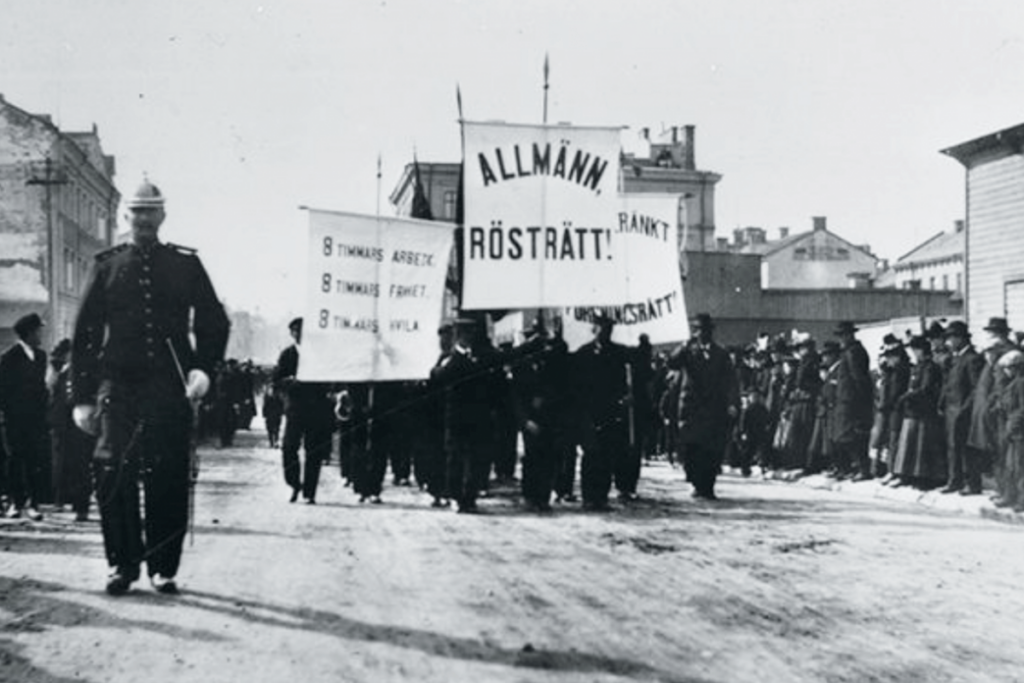| Month | Working days | Working hours | Sat & Sun. | Others |
|---|---|---|---|---|
| January | 22 | 176 | 8 | 1 |
| February | 20 | 160 | 8 | 0 |
| March | 21 | 168 | 10 | 0 |
| April | 20 | 160 | 8 | 3 |
| May | 20 | 160 | 9 | 2 |
| June | 18 | 144 | 9 | 4 |
| July | 23 | 184 | 8 | 0 |
| August | 21 | 168 | 10 | 0 |
| September | 22 | 176 | 8 | 0 |
| October | 23 | 184 | 8 | 0 |
| November | 20 | 160 | 10 | 0 |
| December | 21 | 168 | 8 | 2 |
| Total annual working hours | 251 | 2008 | 104 | 12 |
| Average / Month | 20.92 | 167.33 | 8.67 | 1.00 |

Working days per year 2025
An average of 160 working hours per month or 250 working days per year is usually referred to when discussing workload. But these numbers are not always accurate. For example, for 2025, the number of working hours varies from 144 to 184, with an average of 167 hours each month. In total, there will be 251 working days, which leaves 116 days off. In the table below, we provide a detailed overview of the number of working days, working hours, Saturdays, Sundays and other days off - such as national holidays, Midsummer's Eve, Christmas Eve and New Year's Eve. If a holiday falls on a Saturday or Sunday, it is counted under "Sat & Sun". We base these calculations on a standard eight-hour workday. Which days are considered holidays in Sweden are defined by Lag (1989: 253) on public holidays. Most people have the following holidays off, even if they fall on a regular working day:
- New Year's Eve
- Christmas Eve
- Easter Day and Pentecost
- New Year's Day and Thirteenth Day of Christmas
- May 1
- Christmas Day and Christmas Eve
- Good Friday and Easter Monday
- Ascension Day
- Sweden's National Day
- Midsummer Day
- All Saints Day
- Midsummer Eve
Feel free to check out our calendar here on the right, which contains information such as e.g. name days and a little history about what happened on that particular day.
May 1

May 1
This day has been celebrated since 1890 and stems from the demonstrations of the labor movement. In 1890, the Second International required an eight-hour workday. The Second International was an organization formed in Paris, but the demonstrations also spread to Sweden in 1890. The first of May has been a public holiday in Sweden since 1939. This day is one of the two (together with the national day) festivals that are considered non-bourgeois, ie without connection to the Church of Sweden. The first of May has historically not only been to demonstrate for the rights of the worker, but also for other purposes such as demonstrations of sobriety etc. Before the Industrial Revolution, May Day was also celebrated as a day, the first day of summer. It was a day when the animals were let out to pasture, the village team chose an elder and they took joint initiatives to review farms, fences and finances. The pre-industrial celebration of the first of May ended with a party, as well as drinking marrow from a bone, to gather strength. The most notable symbol of the first of May is the cornflower. This was first sold in Gothenburg in 1907. Flowers themselves have a positive, life-giving symbolism. The money from the sale is historical and still goes to charity, in most cases to vulnerable children. One reason we celebrate May Day is the Haymarket Massacre, which took place in Chicago in 1886. At the demonstration, workers protested for just an 8-hour workday but met strong and violent opposition from police. Overall, the first of May is a holiday that is celebrated a little differently depending on where you are in the country. You choose to party, play games or demonstrate. The overarching theme is at least for the people to unite in a public place in the hope of showing the ruling powers that they have a voice that wants to be heard.
Good Friday
What happens on Good Friday is not a celebration, but rather a celebration. Jesus' crucifixion is what is noticed and this day is traditionally gray and mourning. Symbols of grief have historically emerged during Good Friday. Here we have seen black clothes, closed shops, avoided contact, very simple restricted food or even fasting. It was illegal for a while to have fun on Good Friday. Dancing, taverns, cinemas, bingo and football matches were all banned. Even further back in history, we also see that they have whipped each other with rice, to remind themselves of Jesus' suffering. In modern times, suffering has been withdrawn. Nowadays, it is allowed and legal to do what you want on Good Friday, but many insist on limiting themselves.
In the Church's attention on Good Friday, a service is held in the morning, close to the ninth hour in which Jesus died. No music is played, all signs of joy are gone and hymns are sung. The only decoration is five red roses that adorn the altar, which are symbols of the wounds Jesus received when he was crucified.
Easter Monday
This is the day when it is celebrated that Jesus appeared to his disciples, after dying on the cross and coming back to life. Easter Monday is the day after Easter. On Easter day, Jesus' tomb was examined and it was discovered that it was empty. The next day, Jesus began to appear to his disciples. Easter Monday is a day in Christianity that helps to establish that there is a hope for a life after death, together with God, because Jesus shows that death can be defeated. The second day of Easter is of course happier than Good Friday and this day is without special regulations for joy. In the folk home, there is usually leftover Easter food, family may gather and eat together on Easter Eve without further meaning for Jesus and his disciples.
